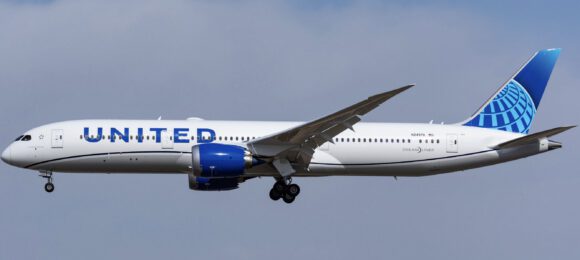Airlines don’t like long taxi times. They are, essentially, a waste of time and that means money. The ideal would be a world where the airplane touches down and is immediately given a gate, unloads, reloads and is back in the air in short order.
Real life isn’t like that. Airports are weirdly designed structures. Many have seen traffic demand growth beyond capacity. Name one airport where you can’t find construction equipment, and we’ll show you an airport that is dying. Airports generate big money for their owners. So, owners keep tweaking the infrastructure to try to extract more money from the nearly endless traffic growth.
Using US DoT Form 41 data we assembled the following tables for each of the US big three network airlines. We have three tables showing the average taxi time ratio per flight hour. This is calculated from the difference between block hours and flight hours.
There are several points we want to make about these three airlines and their data.
- The data shows no improvement overall in taxi time ratios. Bear in mind the “cost” for an airline minute is at least $100. Multiply that by fleet sizes and daily flights and you get the picture.
- Bigger aircraft are roughly running at half the taxi time ratio of smaller aircraft. Large aircraft spend many more flight hours per taxi. For example, the average stage length for American’s single aisle fleet is 987 miles compared to 4,141 miles for twin aisles.
- Using the A319 fleet as an example, Delta seems to be able to shave their time ratio compared to American and United. Remember the $100/minute number. It adds fast at these volumes. When an airplane is flying, it is making money. What these numbers reflect is utilization, and could be better expressed as (60-14.5)/60 or 75.8% for the American A319 in 2017. That’s the ratio of flying to flying plus taxi time. For the American A330-300, it would be (60-5.1)/60 or 91.5%. Why do wide-bodies look more efficient? Because they fly farther.
Views: 10








I think the next statistic to calculate would be the average taxi time per flight for each fleet. I know here in Charlotte, it sure seems like everyone stops to let an A330 taxi in or out.